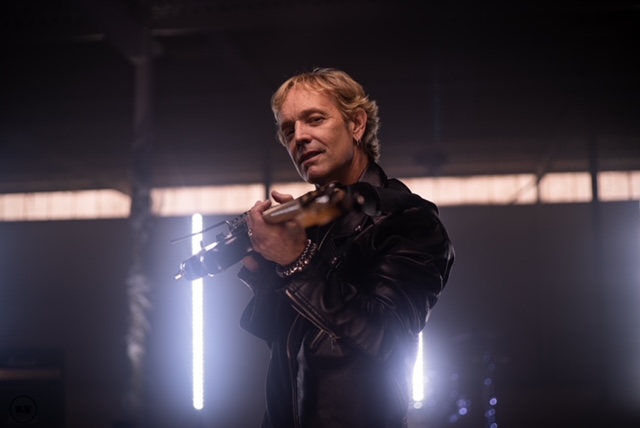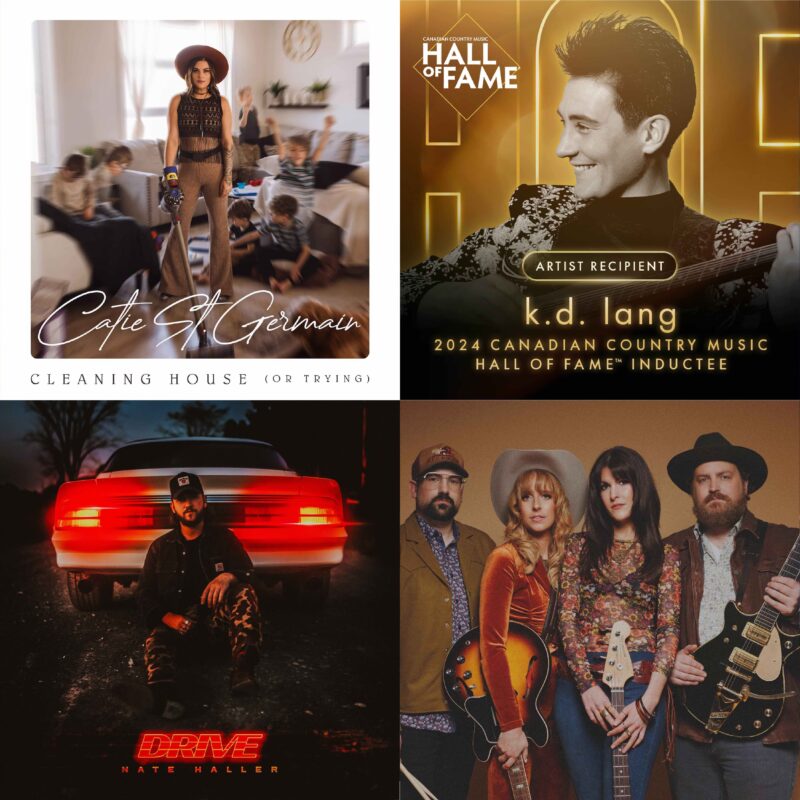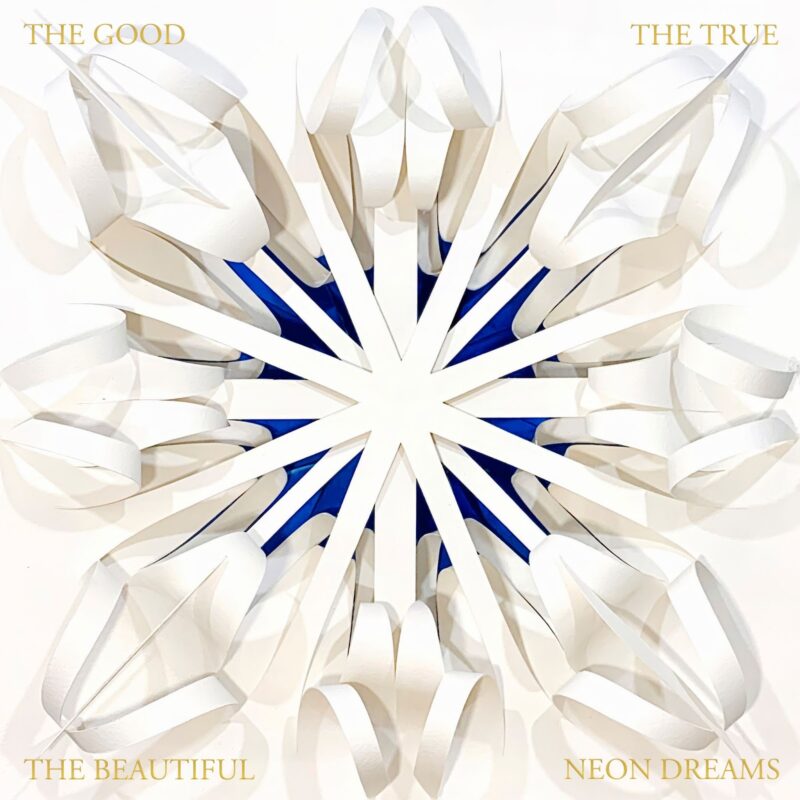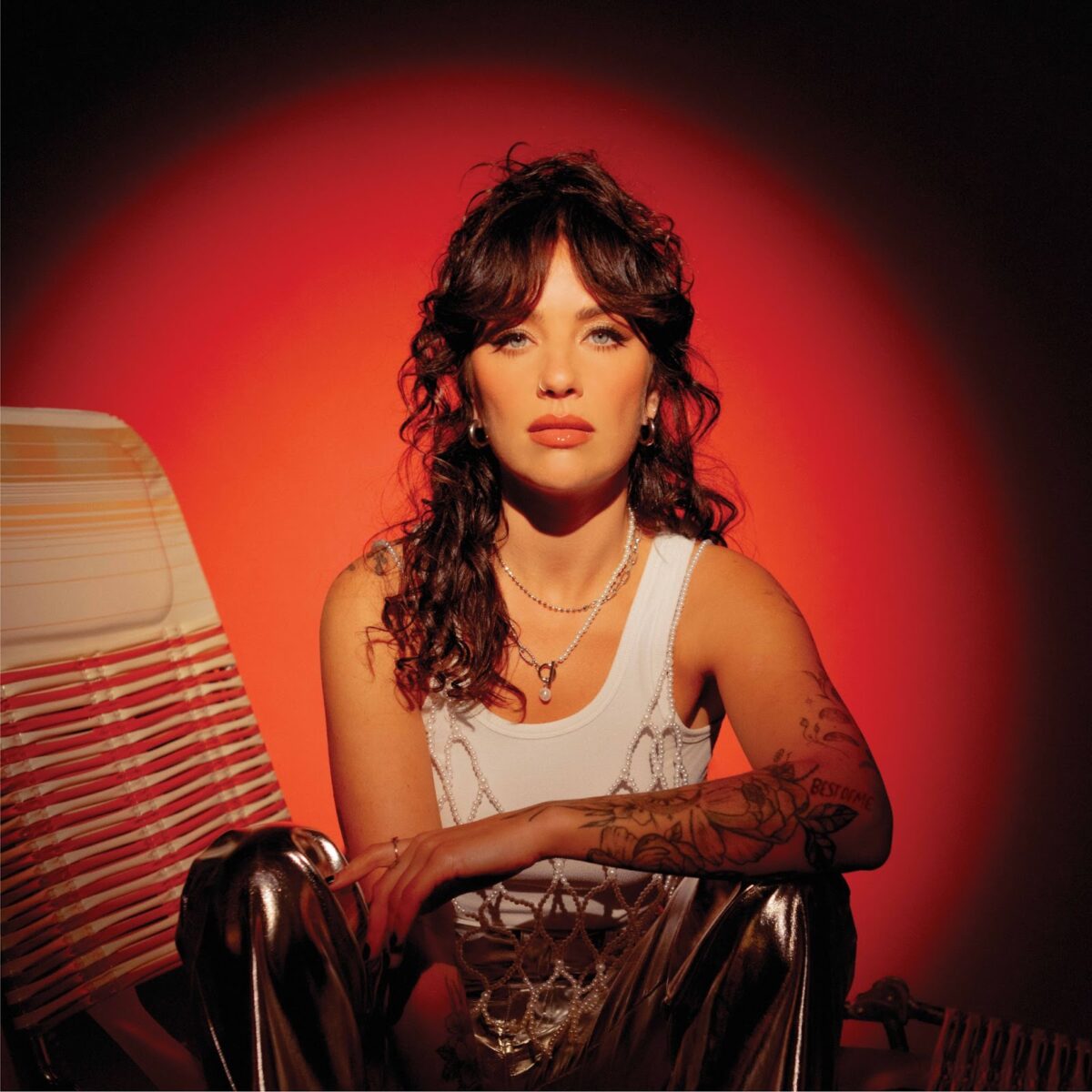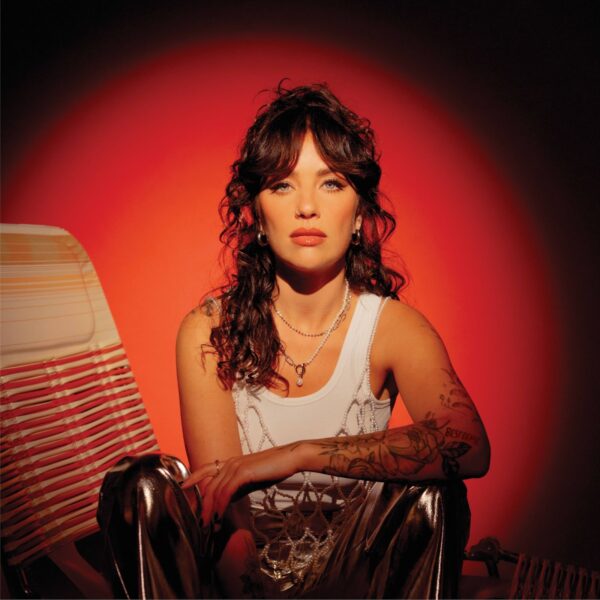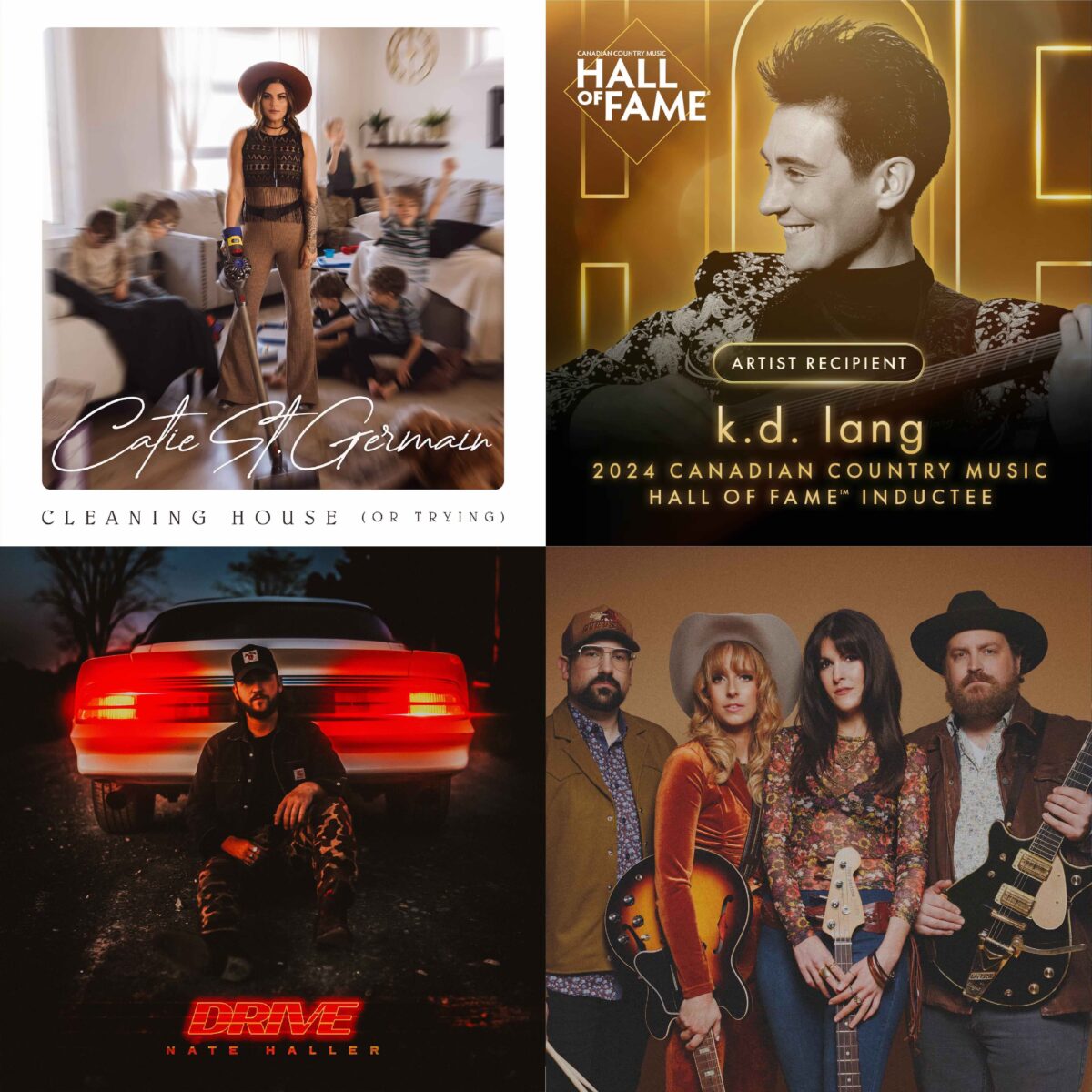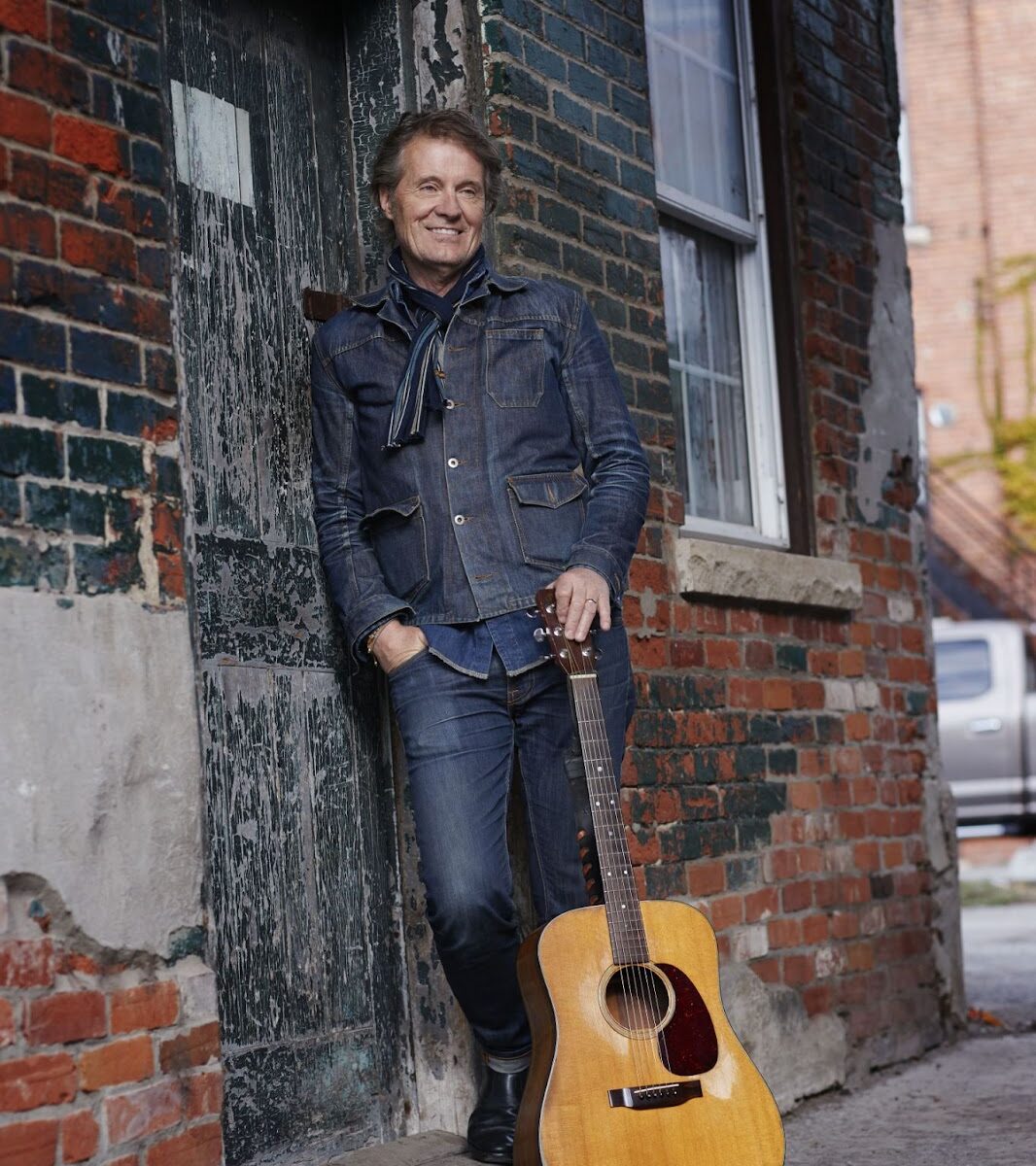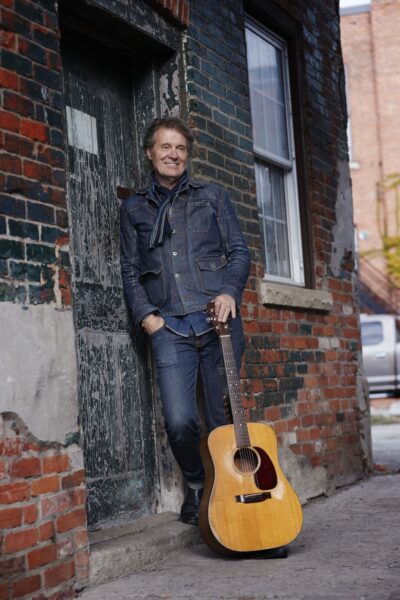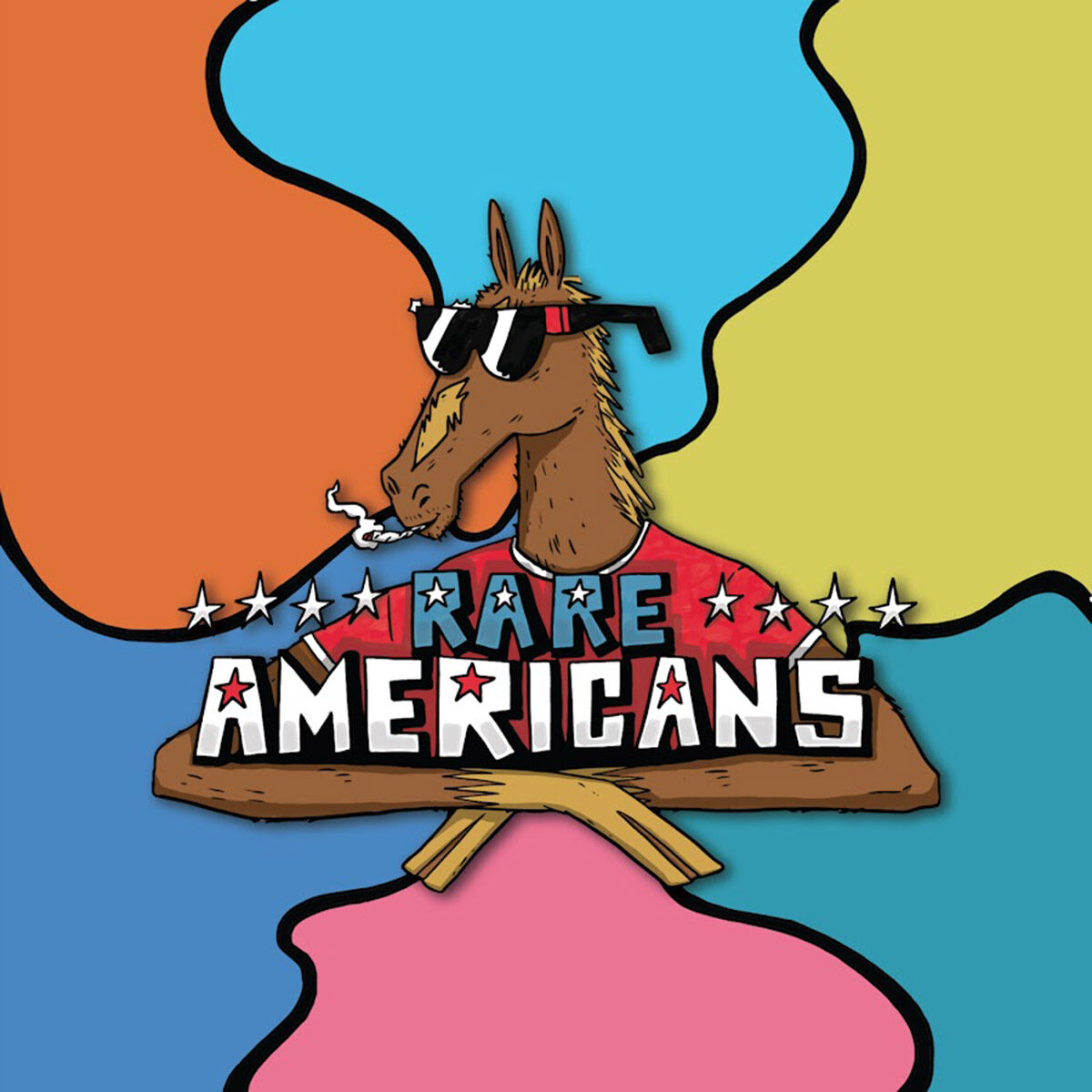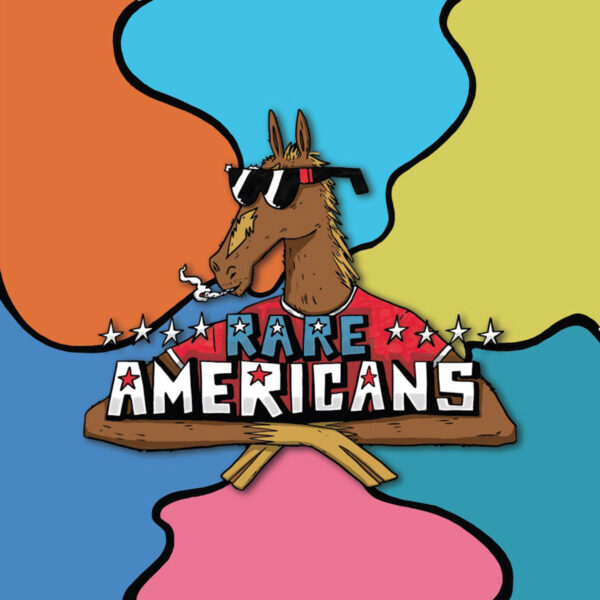
“Dion DiMucci knows how to sing and he knows just the right way to craft these songs, these blues songs.” This quote is taken from the liner notes of Dion’s terrific new album “Blues With Friends” and, as endorsements go, you couldn’t get a better one as the sentiment comes from none other than Bob Dylan. Most folks are familiar with Dion’s early hits with his group The Belmonts, as they created some of the most exciting and vital doo-wop music with chart-toppers like “Teenager In Love” and “I Wonder Why”. When Dion ventured out as a solo artist success followed him as he had a string of number one hits including “The Wanderer”, “Ruby Baby” and “Runaround Sue”. Beyond his unmistakable voice is the fact that he was and still is a great songwriter, as the 14 stellar nuggets he crafted for the new album will attest to. But is it authentic blues? Just ask Bob.
“When I finished the whole thing I thought I didn’t have any songs left so I should get someone who knows something about the blues to write something,” says Dion, the quintessential New Yorker who’s calling from his Florida digs. “Bob is the greatest writer of the 20th century and beyond, but a lot of people don’t know that he’s also a great blues singer. I sent him the album to see what he thought of it and he listened to it and loved it. He said I was a good songwriter. Oh man, I was walking on air for a couple of weeks after he said that. Bob Dylan said I know how to craft a song? Oh my God, I’ll take it.”
“Blues With Friends” currently sits at #1 on the Billboard, iTunes and U.K. blues charts. Dion offers a wide variety of blues sounds on the record from the harp-driven “My Baby Loves To Boogie”, courtesy of John Hammond, to the swampy “I Got the Cure” featuring the fiery slide guitar of Sonny Landreth to the classic blues progression of “Stumbling Blues”. Although there are special guests on every song, it remains Dion’s album throughout and he says that the blues has always permeated his work.
“It’s like it’s in my DNA. My father used to play Al Jolson and Louis Prima, who was a great rhythm singer. When I started going to the Apollo Theatre as a young kid and hearing horn players like Big Al Sears and King Curtis, I’d go crazy and I’d be singing on the train going home like I thought I was a saxophone. And then, of course, I loved listening to Jimmy Reed. If it wasn’t for Jimmy Reed I probably wouldn’t be here talking to you.”
“Even my early songs like “The Wanderer” and “Drip Drop” were all blues songs,” he continues. “But they were more rock and roll blues. I hadn’t heard the masters yet, you know, like Lightning Hopkins or Robert Johnson. I heard them in 1961 after I had a lot of hits, and then I got more into it. The blues is kind of like a simple form in which you can express your joys, your fears, your longings or whatever you want to sing about. It’s like a natural kind of form and you don’t have to think. The song “Stumbling Blues” has some different chord structures but it’s still so natural to sing with. I don’t have to think. If you catch me thinking on this album I’ll pay you a grand because I’m in it and I’m doing it. I’m not thinking.”
Virtuoso guitarist Joe Bonamassa was the catalyst for the album as he immediately wanted to play on the song “Blues Comin’ On” when Dion ran it by him. His contribution inspired Dion to ask others to play on the album so he sent out invitations to friends like Paul Simon, Steve Van Zandt and Brian Setzer of The Stray Cats, who all hopped on board the train and, in Setzer’s case, it was the “Uptown Number 7”.

“With “Uptown Number 7” I wanted to write an old-fashioned Gospel number in the style of the Golden Gate Quartet,” Dion begins. “I wanted this one to be about moving forward in the spiritual life, having a goal, facing temptations along the way. It’s classic stuff, so I put it all on a train because that’s what New Yorkers do if they want to get anywhere. They take the train and the train has a number and a direction. Brian Setzer drove the train with his red hot whammy-bar guitar. I love the way it turned out.
“When Joe Bonamassa played on “Blues Comin’ On” he just took it to another level. I thought this is insane, this is wild, because I never experienced anything like that, you know. Getting someone so masterful, a mesmerizing and distinctive player, to infuse his vision of what he hears on a song made me realize how limited I am. I could make a great record but I would never get someone to play like that. I can play guitar well and I can write songs, but Joe is an ensemble player. I think he hears the arrangement coming at him and he knows when you’re going to land or if you do a syncopated note. There are three solos on “Blues Comin’ On” and they’re almost like horns. He’s sounding like Thelonious Monk at one point, then John Coltrane, then Miles Davis. He’s had a guitar in his hands for so long I’m sure it’s just natural for him.”
Another song, “Bam Bang Boom” starts off with a classic ZZ Top sounding riff, and for good reason. The guy wielding the axe on the number is ZZ guitar/vocalist Billy Gibbons. Billy didn’t have to be asked twice to play on the record and, in fact, there was no need for arm-twisting when it came to any of the supporting players.
“No, there was no arm-twisting” Dion admits. “I was frightened and I hated to ask. It’s hard. It’s very difficult, but I found out that all of these people wanted to be helpful. The whole experience was really quite exciting and quite humbling. Sonny Landreth? Forget about it, he has to be one of the nicest guys on the planet and he’s one monstrous player. Paul Simon said it was fun to work with me and he wanted to do it. I got friends like Stevie Van Zandt who just went ‘Yeah, let’s do it’. I asked Patti Scialfa to sing some lines with me so she went into the studio and developed the whole vocal arrangement on “Hymn To Him”. When she started singing and layering her vocals down I got a big surprise when Bruce Springsteen walked into the studio with his guitar and asked to play a solo. It was around December of last year so it was like a Christmas gift.”
“Billy Gibbons was so giving. I had the song “Bam Bang Boom” and I thought, man, this is his backyard. He’s a very distinctive guitar player. He’s like John Lee Hooker on steroids. I love him and he just cranked it up. I did a video with Billy for the song. He put his phone up on his car in the garage and played along with the song. I had my 16-year-old granddaughter come into the house with her phone and we got a video. It’s crazy what you can do with your phones now.”
It’s not just guitarists that were invited to this party, as Van Morrison lends his distinctive pipes to the chugging “I Got Nothin’”. While Dion considers singing with Van to be like riding the greatest wave in the world, he made some points on the home front as well. “My wife loves Van Morrison and if you get in a car with her she has 12 Van Morrison albums. When I sang the song with Van I knew I was in with my wife for the next 30 years”. (For those keeping count that will make it 83 years, as they have already been married for 53). The age bracket of the record’s supporting cast is actually quite broad, with the youngest being the thirty-something Samantha Fish who played lead guitar on “What If I Told You”. Dion met her while performing on a Blues River Cruise and he was immediately impressed. “I wasn’t aware of a lot of these people on those ships. I thought these people should be king of the world or, in her case, queen of the world.” After her work on the song, Dion told her that if he put that much emotion into it he wouldn’t be able to walk for three weeks. Another guest who made his knees weak was Jeff Beck, who added his trademark licks to the melancholy “Can’t Start Over Again”.
“I went to Jeff Beck with the ballad because Jeff Beck is the only guitar payer that can make me cry,” he says. “I thought he belonged on there. He came to mind right away because he plays with such heart. I heard him do the aria “La Traviata” and it moved me so much that I never forgot it.
Dion has had a long and varied career. Following his last pop hit, “Abraham, Martin and John”, he recorded several albums in a contemporary Christian vein and some of his songs found success on Christian radio. He returned to his rock roots in 1989 with “Yo Frankie” which was met with critical acclaim. The album was produced by Dave Edmunds and Dion showcased some of the songs on Dave Edmunds’ “Rock & Roll Review” which also featured Graham Parker and Kim Wilson of the Fabulous Thunderbirds. “I had so much fun on that tour. Kim Wilson’s just a bluesman at heart, and he could fit in with anybody and play harp. And God, I just loved being with Steve Cropper.” In 1989 Dion was also inducted into the Rock & Roll Hall of Fame by Lou Reed.

“Lou was a very dear friend and he loved me,” Dion reflects. “Lou would push people, you know, with his lyrics. He liked to get a reaction out of people. By the time he came around everything was rebelled against so he had to put it to the outer envelope, but it wasn’t without reason. He wanted to see what was real and what wasn’t, and what was and wasn’t solid. He used to like to needle with his lyrics and he was good at it. He taught me that racism is a peculiar way to become a man. I learned from him that if race matters you’re a racist.”
On that note, the most poignant song on the album may be “Song For Sam Cooke (Here In America)”. The song which features vocal assistance from Paul Simon deals with the racial segregation that Sam faced when he was on the road which, sadly, still very much reflects current affairs.
“I wrote the song a long time ago,” Dion recalls. “I saw Green Book last year (a film about an African-American pianist who, while on tour, develops a bond with his Bronx driver as they confront racism in the early 60s), and I thought, man, they wrote a movie about my song. I was having lunch with Paul Simon and I was telling him about it. I told him it really wasn’t a song about racism in my mind although it appears that way and probably is. It’s about brotherhood and a guy who understood me and had compassion for me. He was living the gospel.”
The song on the album that brings things full circle for Dion is “Told You Once In August”, a number that takes him back to his doo-wop days. Sort of.
“I told Rory Block and John Hammond that I wanted to do it like an Appalachian folk song like we’re sitting on the front porch doing our thing. That’s the way we would do doo-wop, but aside from my guitar, we didn’t have any instruments. They would bang on cardboard boxes and cans, and anything that made sounds. It was like the language of the heart. It was street music.”
Look for Dion to hit the road, possibly with some of the players from the album, once touring becomes a thing again. Also, The Wanderer, a musical based on Dion’s life, is scheduled for its world premiere next April at the Tony Award-winning Paper Mill Playhouse in New Jersey.
https://www.facebook.com/roman.mitz

